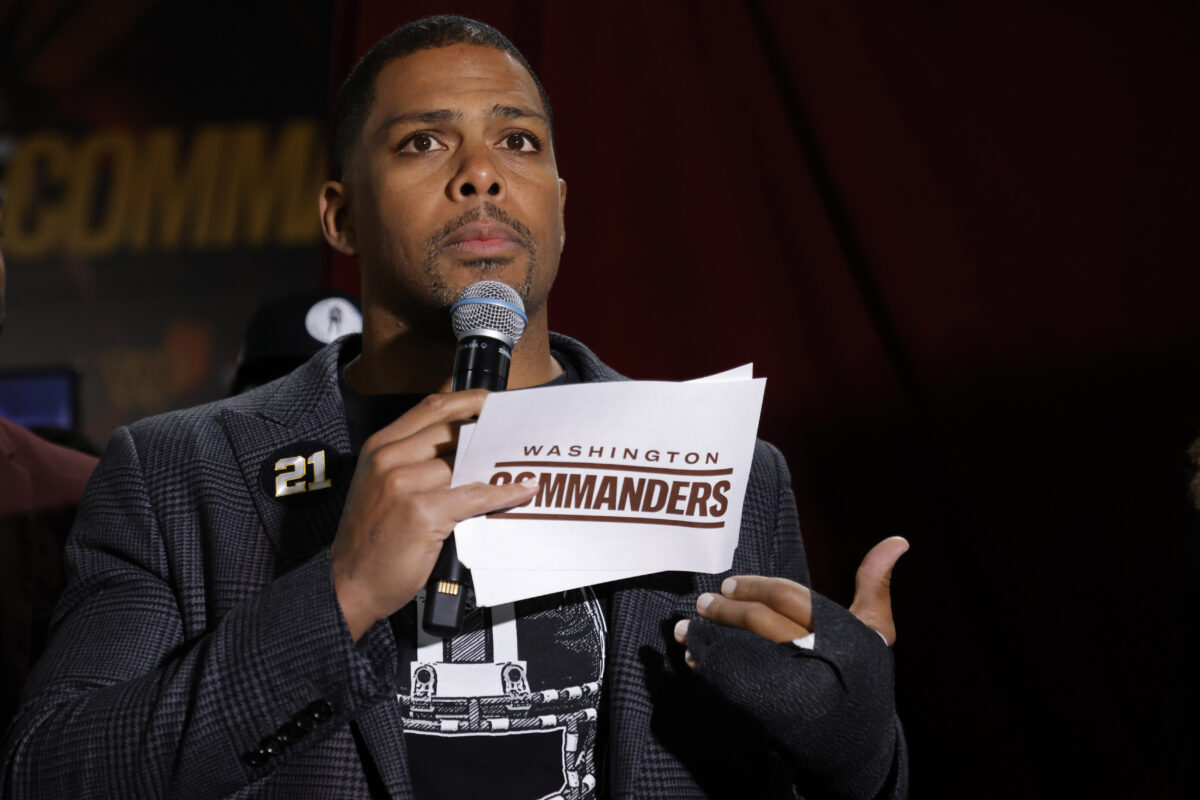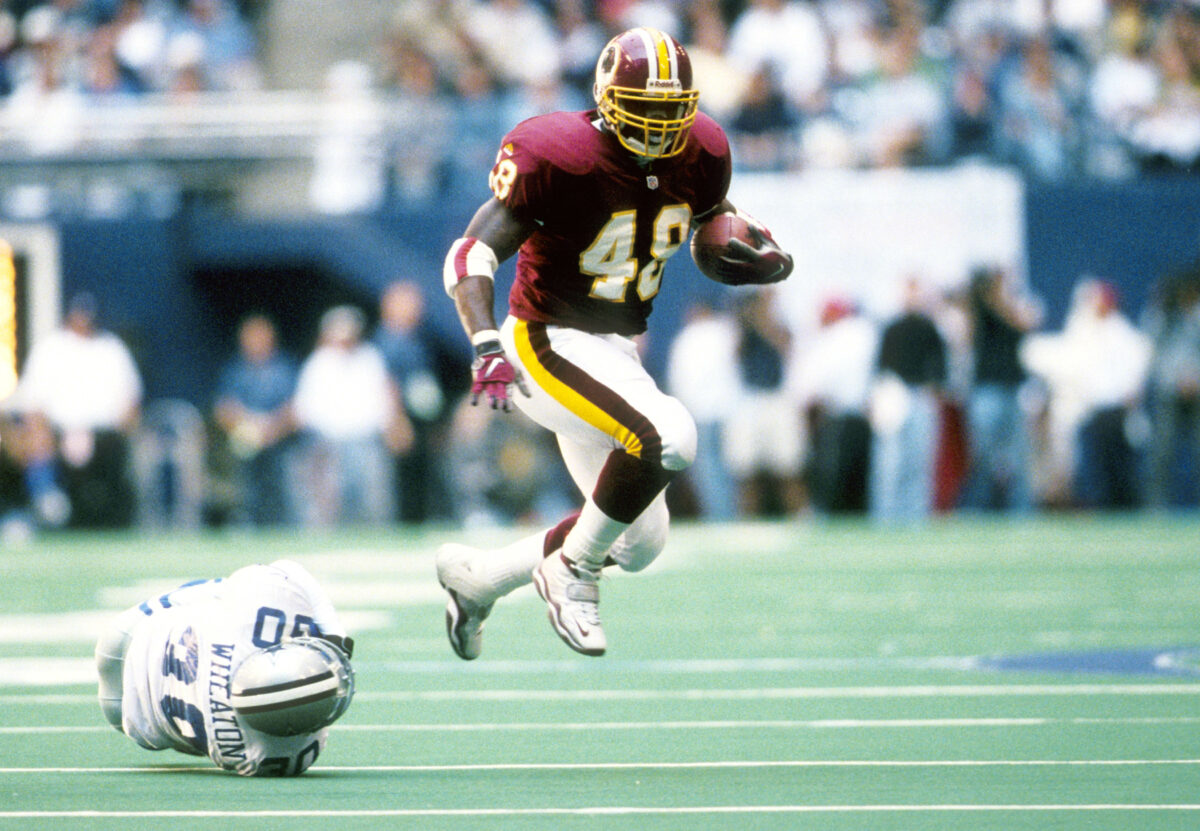Jason Wright is no longer the president of the business operations of the Washington Commanders.
He leaves behind a somewhat complicated legacy. Of course, extreme positions are to be avoided.
A. He was working for Daniel Snyder, so you can’t blame him for anything.
B. Everything he did was a disaster.
It’s always easiest to take an extreme position because extremes require less wisdom, less discernment, and less thinking.
Working for Snyder, you can’t blame Jason Wright.
It is true the organization under Snyder was such an embarrassment because Snyder himself did not supervise, model or enforce a proper workplace culture. Even more, he was the subject of multiple investigations.
It’s hard to imagine the organization did not have an avenue to hold employees accountable. Wright no doubt helped in some regard by addressing some of the issues regarding improper behavior, and for that, he is to be commended. It also cannot be understated the overall mess Wright entered due to Snyder’s and former team president Bruce Allen’s lack of daily proper leadership.
Secondly, the team still doesn’t have a new stadium site, but that is mostly because of DMV’s opposition to Snyder himself. Thus, Bruce Allen and Jason Wright can’t entirely be blamed for the lack of progress on a stadium.
Everything Jason Wright did was a disaster.
Of course, this is too simplistic. Yet it is also true that Wright not only erred but also had colossal failures. Surprisingly, some of them involved simple principles of leadership, such as supervising, communication, and modeling.
Wright entered the scene, assuring the fan base of his impressive resume, previous success, and business acumen.
But not a few times did we find Wright smoothly articulating his message with an impressive vocabulary. Nevertheless, how effectively did Wright deliver actual substance?
Late in 2021, Wright tweeted a photo of Santa and a snowman urinating on a Dallas Cowboy helmet. When some objected to the juvenile, unprofessional behavior, which was unfitting for an NFL president, Wright responded on Twitter, doubling down and telling fans to “chill.” When that did not go over well, Wright deleted the original tweet.
Effective leadership requires clear communication of a vision and standards for your organization. Much too often, the non-football side of the organization was frankly falling over itself with comical or embarrassing errors: Sean Taylor’s family photo, the Sean Taylor mannequin, the mug of Washington state, not Washington DC, the plethora of errors when they were listing the 80 greatest and 90 greatest players in franchise history. All of these under Wright’s watch, but apparently not Wright’s supervision?
Finally, the rebranding event on NBC’s “Today” show led by Wright was so ineffective. But even more significant a question about Wright was when he then told a national television audience that Commanders was “something that broadly resonated with our fans.”
Did it? To this day, how many in the fan base have you met who suggested and supported “Commanders” before the announcement?
An anonymous connected source told Commanders Wire:
Wright came into the position with no actual experience of running an organization, especially one in such turmoil. He was unprepared, yet, believed he had all the answers.
There was a pride in hiring outside the box, not from a football background, or the area. This made for a lack of institutional knowledge and understanding of what was needed. In time, this led to a major lack of institutional knowledge.
The fan base was not easily fooled and trust was quickly lost inside and outside the organization. His role appeared to be more for show, but not one of actual effective long-lasting difference.
Some praised Wright after the announcement on Thursday, others were happy to remove another reminder of Daniel Snyder. Wright’s legacy is complicated.


